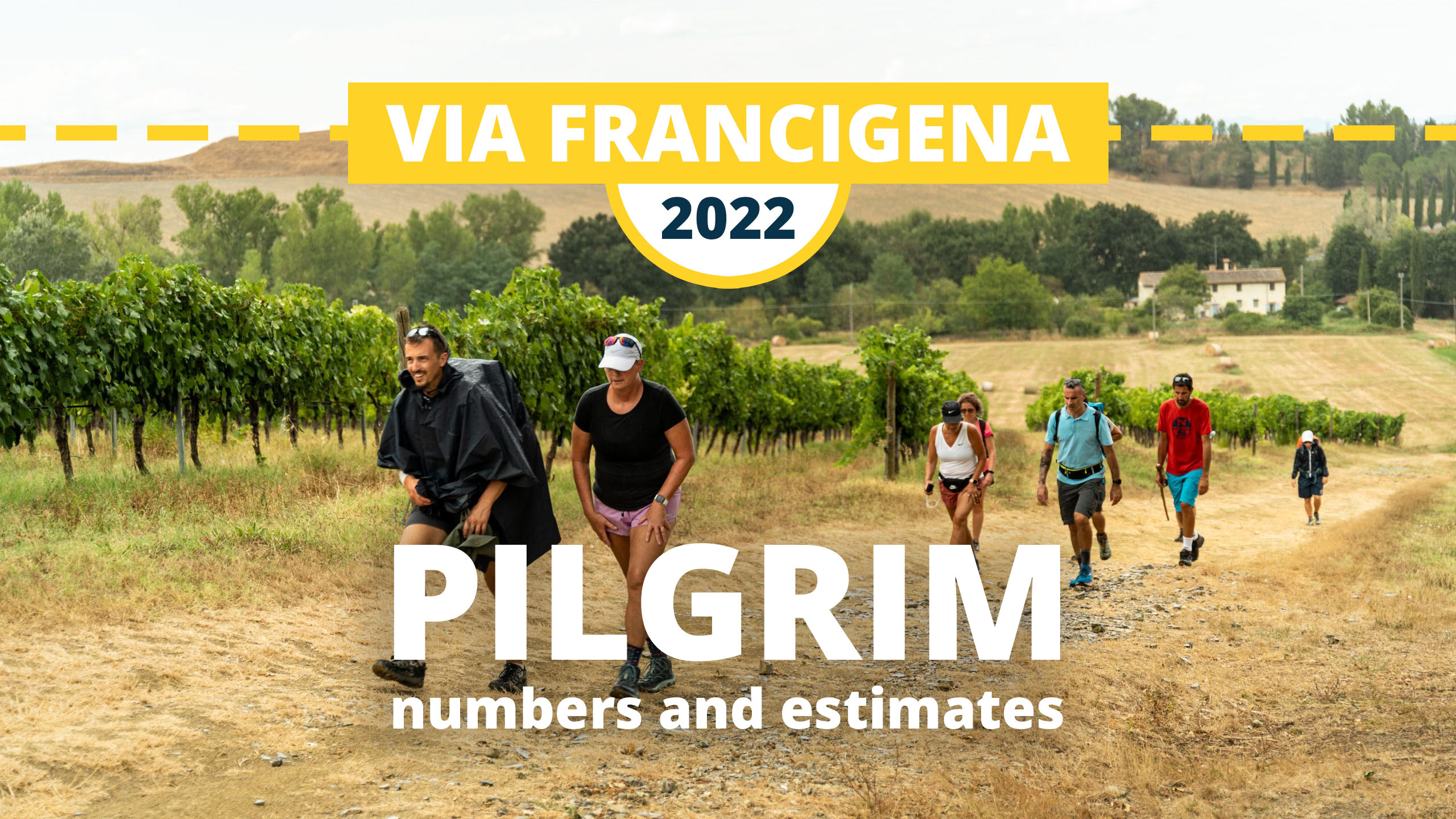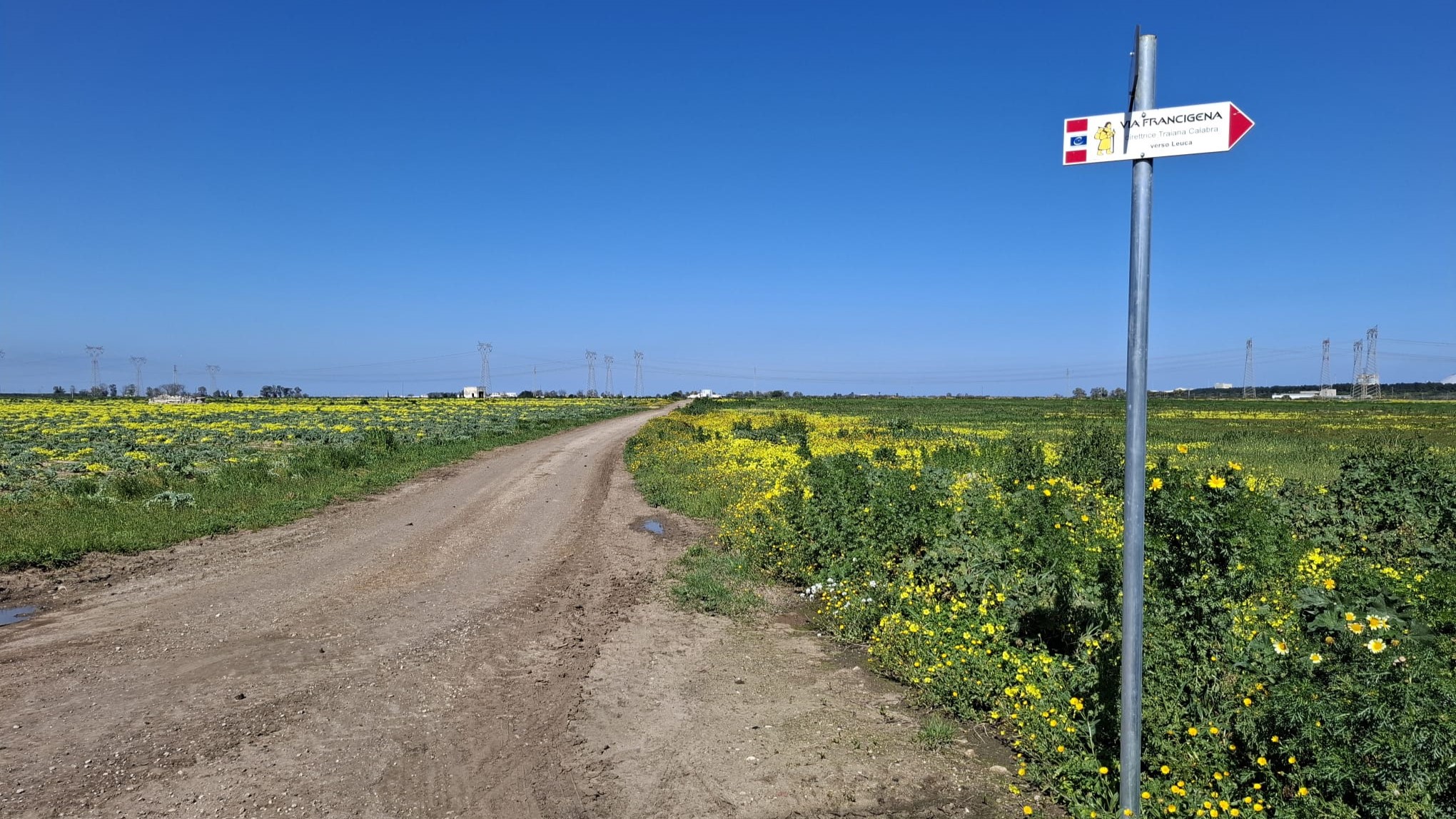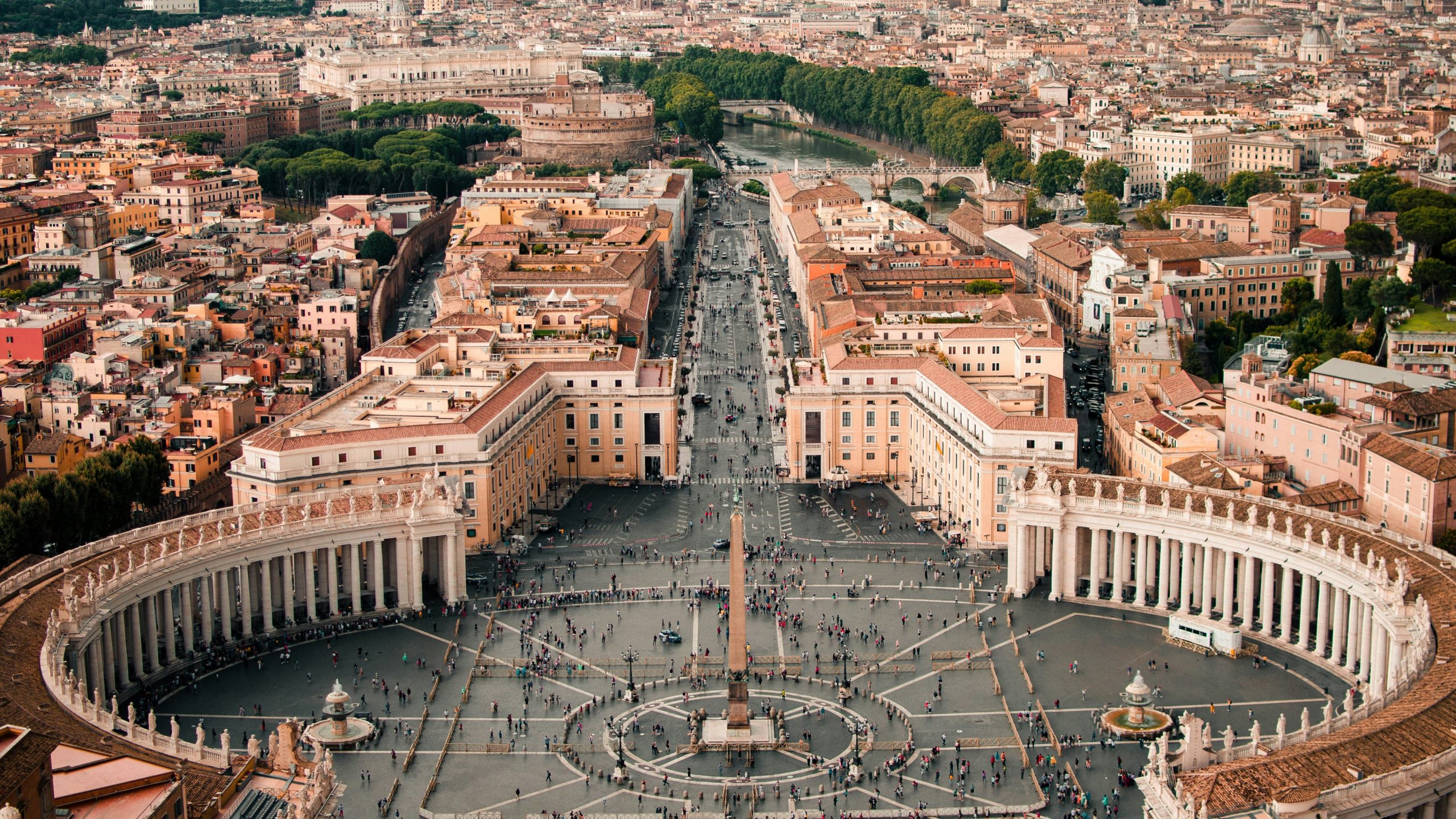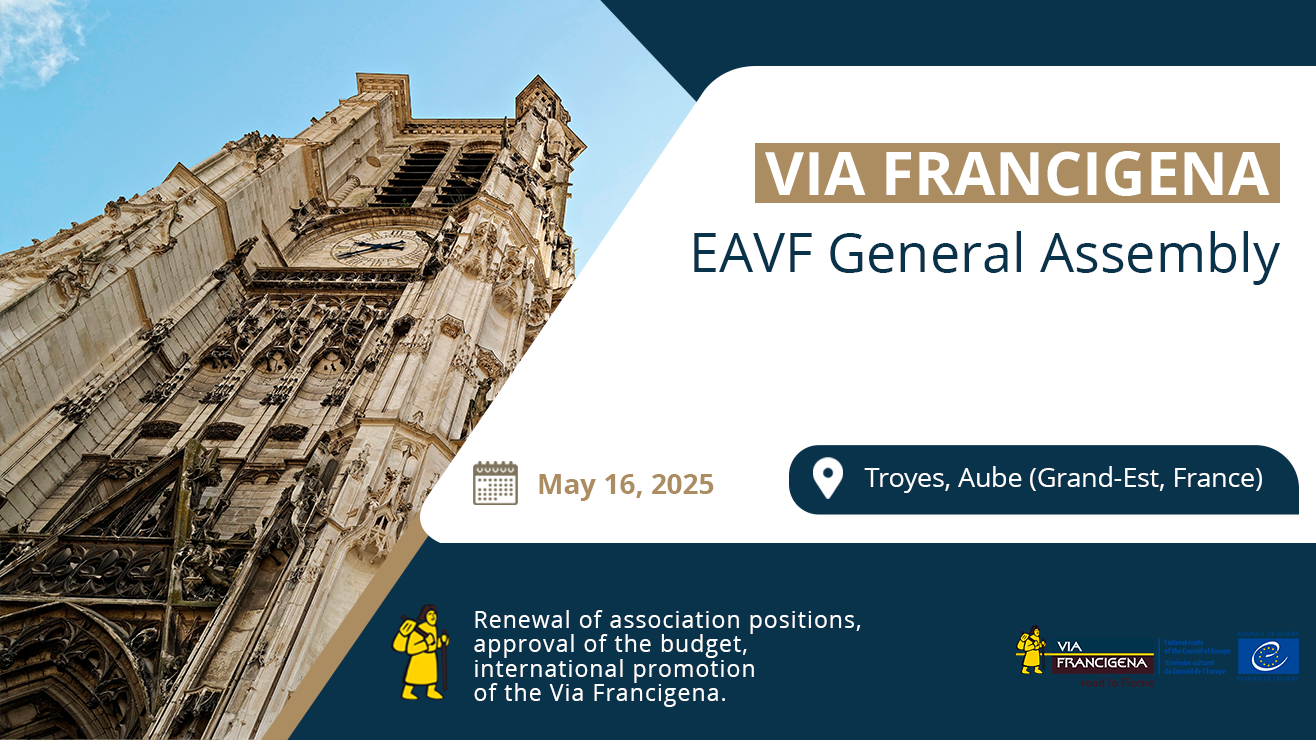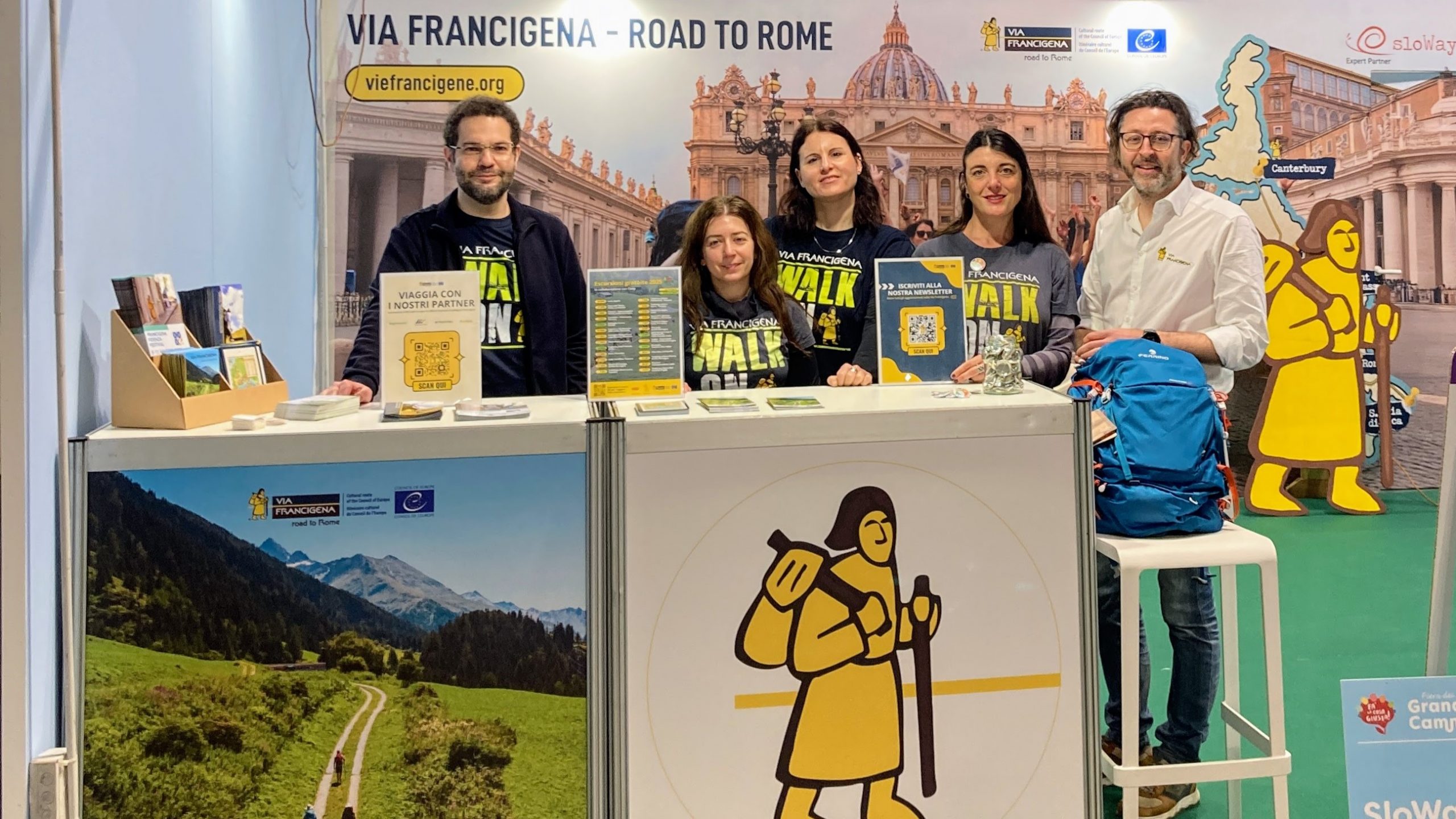The European Association of the Via Francigena ways (EAVF) sums up the numbers and results of year 2022 by analysing data from 3,985 respondents who filled in the survey at the time of purchasing their credentials.
In 2022, pilgrims returned in large numbers to the Via Francigena, showing strong signs of a recovery in the international attendance of the route. Despite Covid-19 restrictions, slow outdoor tourism showed a remarkable growth.
The 3,200 km of the Via Francigena, passing through more than 700 municipalities, and for 80% through rural areas, were covered by wayfarers from all over the world, with overall figures close to 2019’s trends.
As every year, the EAVF analysed the numbers obtained from the credentials distributed by the association. The emerging data builds for indicative estimates, not as absolute numbers. The following considerations should also be made: today, there is no official observatory that detects the flow of walkers on the Via Francigena; statistically, 30% of pilgrims use the same credential over several years; 20% of ramblers do not use the credential at all; other credentials besides EAVF’s are also in circulation.
CREDENTIALS IN 2022: LET’S HAVE A LOOK AT THE NUMBERS
In line with global trends, there were more walkers on the route last year than in 2021, a year marked by the success of the ‘Road to Rome’ relay march on the occasion of the 20th anniversary of the EAVF. Around 50,000 pilgrims walked the Via Francigena in 2022 (compared to an estimated 40,000 in 2021) with an average stay along the route of seven days. This is what emerges from the overview of key indicators. In the following analysis, data from 3,985 respondents who filled in the survey at the time of receiving credentials were considered.
The amount of EAVF credentials’ distribution points throughout Europe increased from 95 in 2021 to 115 in 2022. According to data from the distribution points, around 17,500 credentials were distributed to pilgrims in 2022.
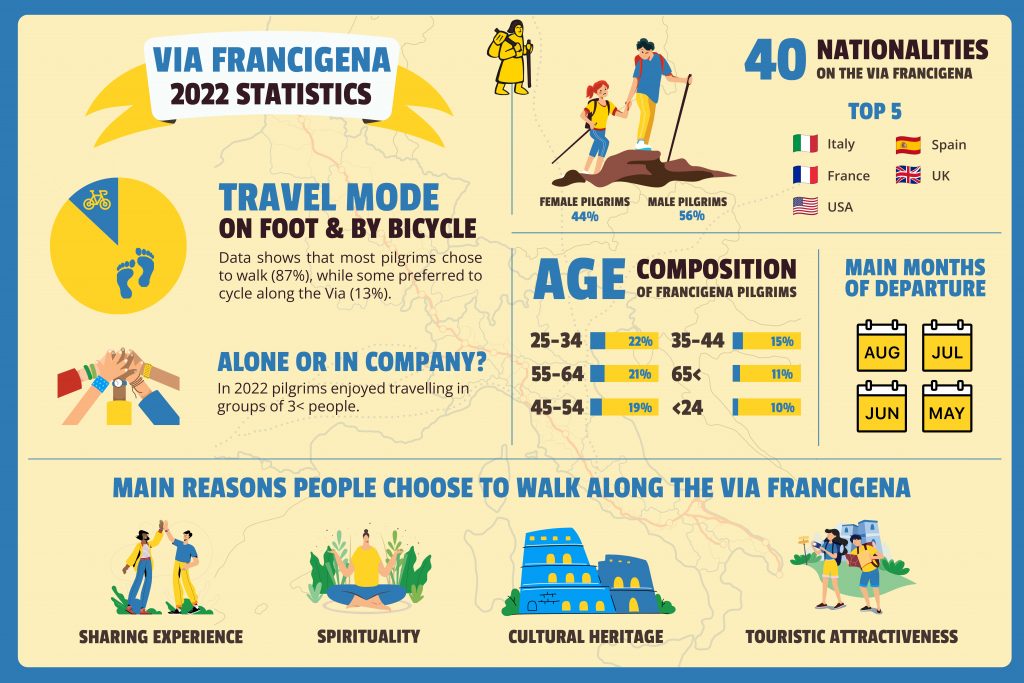
TRAVELLERS’ PROFILE
Mode of travel
Data shows that most pilgrims choose to walk the route (87%), while others prefer to travel by bicycle (13%).
Age groups
Most pilgrims are between the ages of 25-34 and 55-64, making up for 22% and 21% of the total sample respectively. The consolidation and increase of a young audience on the Via Francigena is a significant and relevant indicator.
Following are the 45-54 (19%) and 35-44 (15%) age groups. Together, these four age groups remain the most active pilgrims compared to 2021 levels. The number of walkers under 24 years is 10%, while those over 65 make up for 11%.
Gender
The percentage of female and male hikers remains stable compared to 2021 and is 44% and 56% respectively.
Nationality
In 2022, the Via Francigena again attracted pilgrims from all over the world, with well over 40 countries represented. Travellers from Italy remain the largest group, even if their share drops to 70%, while the international presence on the route increases, partly due to the easing of travel restrictions caused by the outbreak of the pandemic. The top five nationalities found among credential holders are Italy, France, United States, Spain and United Kingdom, followed by Netherlands, Germany, Canada and Australia. It is important to reveal interest in the Via Francigena outside Europe as well: during the last year, pilgrims from Philippines, India, Brazil, Argentina, Chile, South Africa, Japan and New Zealand were also welcomed along the Via Francigena.
Departure period
In 2022, pilgrims still choose to set off mainly in the summer period, even though the attendance of the route is now to be spread over all twelve months of the year: August has become the most popular departure period (17%), followed by July (15%) and June (14%). High numbers are also recorded for May (14%), April (13%) and September (12%).
Starting points
Lucca, Gambassi Terme, Ivrea, San Miniato and Siena are the most popular departure points. Tuscany confirms itself as the most frequented land by ramblers considering the entire European route. For those who set out on the road for many days, the most popular starting points were Canterbury (England), Calais, Besançon (France), Lausanne, the Great St. Bernard Pass (Switzerland) or Aosta (Italy).
Motivation to travel
Sharing experience (42%) and spiritual reasons (41%) are cited most frequently as motivations for the pilgrimage, followed by the cultural and tourist appeal of the visited locations, chosen by 36% and 35% of the sample respectively. The least frequent motivations are environmental (26%), sports/physical (24%), religious (13%) and wine and food tourism (12%).
Alone or in company?
In 2022, most pilgrims still choose to travel in a group of 3 or more (54%), 31% prefer to walk with a partner and 15% alone.
VIA FRANCIGENA: WEBSITE AND APP ACTIVITY
The website statistics highlight the growing interest in the itinerary: in 2022, the website attracted around 700,000 users and recorded almost 4 million page views, with an average visitor presence on the site of 3′ 54″.
As for the App, this tool proved to be very popular with pilgrims, who downloaded it 15,113 times (main months: April 1,886, August 1,825, May 1,802). Top 5 origin of users: Italy (7,779), United States (1,185), United Kingdom (881), France (872), Switzerland (670). The App is produced by the EAVF and is free of charge for all pilgrims.
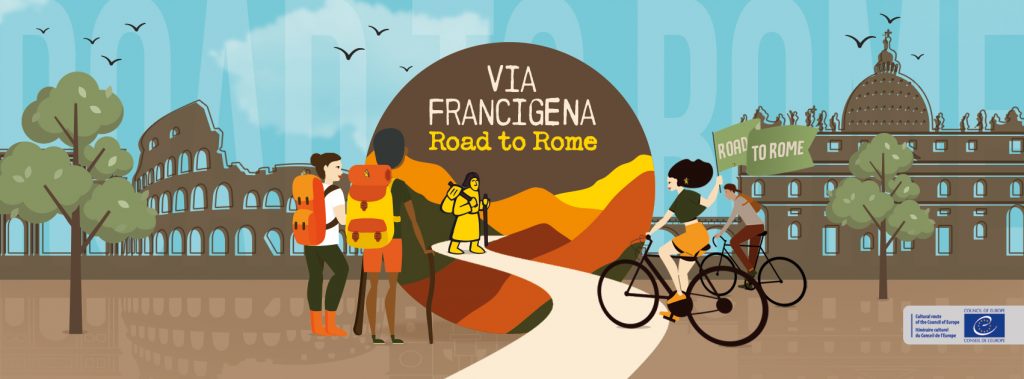
THE NEW VIA FRANCIGENA COMMUNITY
One of the initiatives that was launched by the EAVF after Road to Rome 2021 was the development of a new Facebook community dedicated to the Via Francigena. The page registered 8,046 followers last year, reporting remarkable numbers: 2,235 contents published, 9,011 comments, 39,757 reactions. The languages used by the public are three: English, French, Italian.
Click here to compare the statistics of the last years of the Via Francigena



